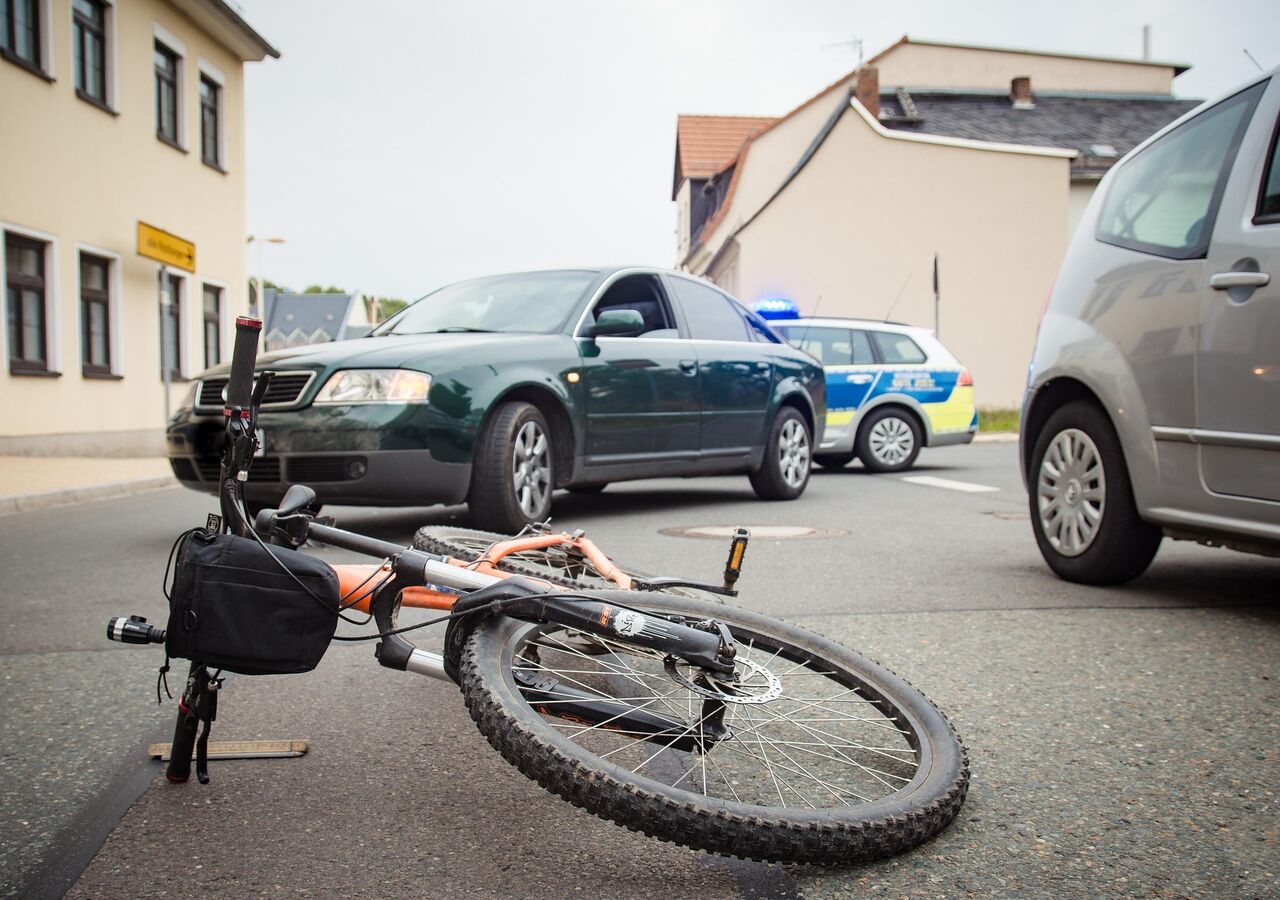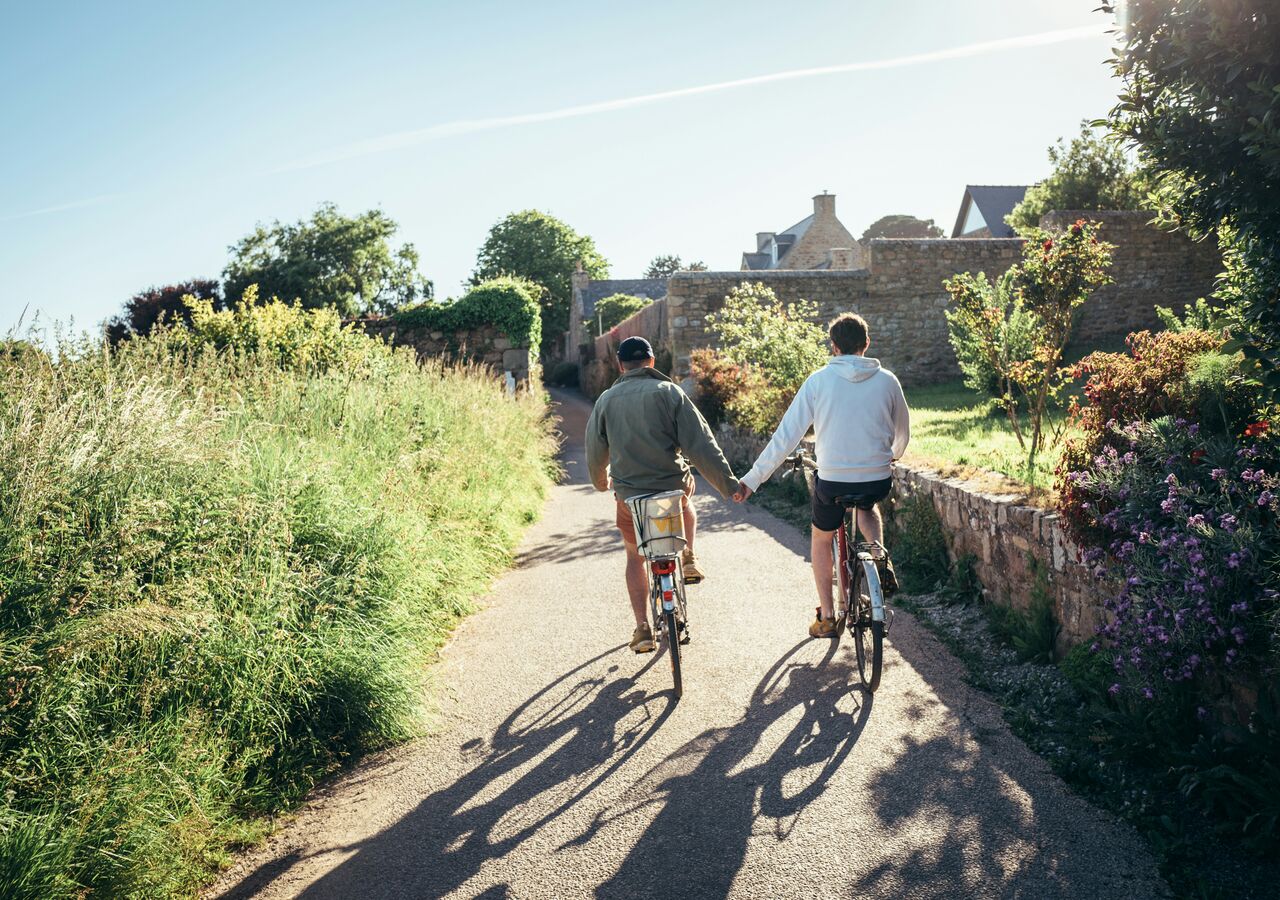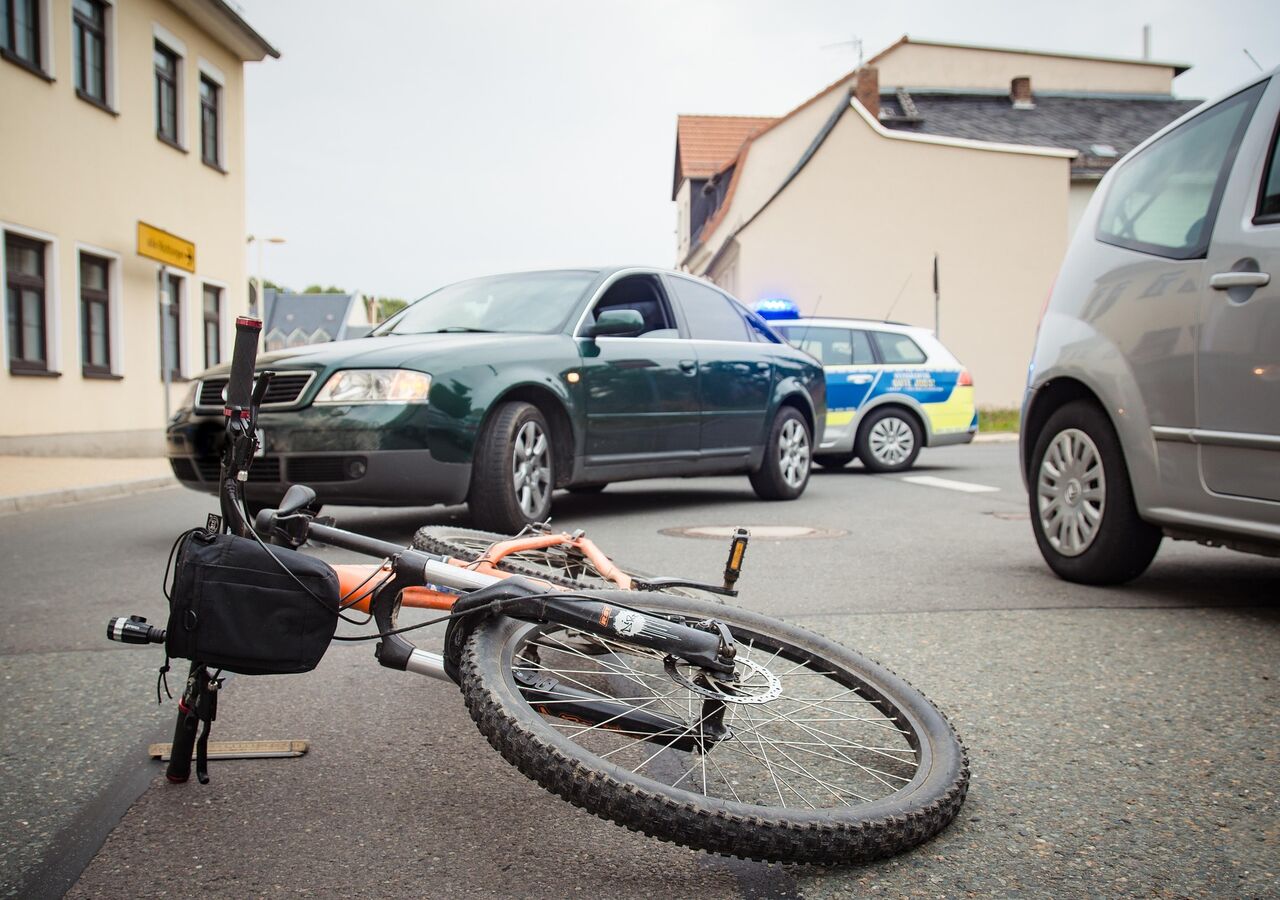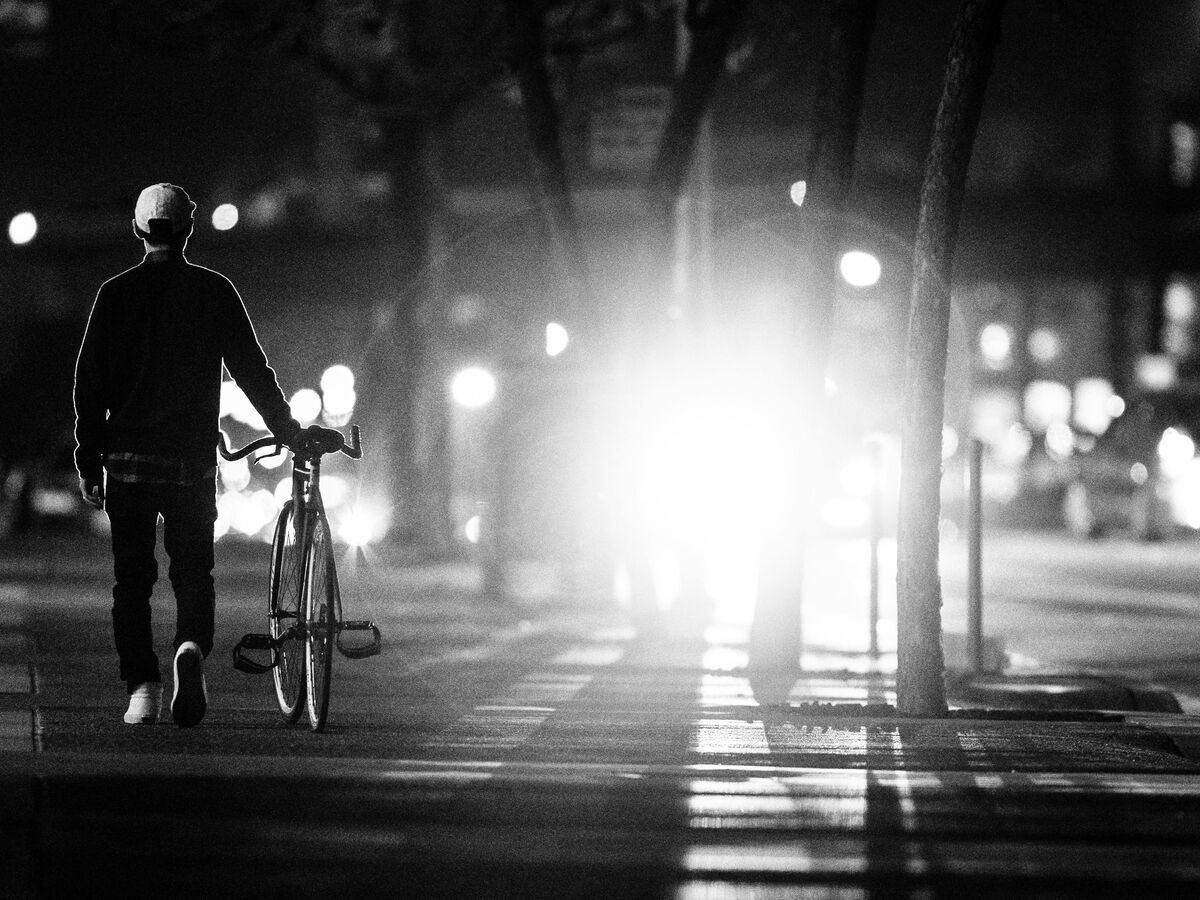Your cart is currently empty!

Spotting Trouble Ahead: How to Identify and Avoid Common Cycling Hazards
The simple act of riding a bicycle offers incredible freedom and enjoyment, connecting you directly with your environment. Yet, sharing roads and paths means navigating a dynamic landscape where conditions can change in an instant. Safe cycling is not merely about obeying traffic laws; it’s fundamentally about constant awareness and the ability to anticipate potential dangers before they escalate. Becoming a cyclist who actively scans their surroundings and recognizes common hazards is the most powerful tool in your safety arsenal, allowing you to react in time and avoid trouble. This guide is designed to sharpen your observational skills and equip you with the knowledge needed to identify and confidently avoid the most frequent cycling hazards you’re likely to encounter, making every ride safer and more predictable.
Reading the Road Surface: Hazards Under Your Wheels
The surface beneath your tires is your immediate connection to the world, but it can also be a primary source of unexpected trouble. While smooth asphalt is ideal, the reality is that road conditions are often imperfect and can conceal numerous risks for cyclists. Potholes, cracks, and uneven pavement are perhaps the most obvious culprits; hitting these unexpectedly can cause jarring impacts that lead to falls, serious damage to your wheels, or frustrating pinch flats. Developing the habit of scanning the road ahead is crucial to spot these imperfections well in advance and smoothly maneuver around them, saving you from sudden jolts or potential incidents.
Beyond visible damage, loose surfaces pose a significant threat, particularly when turning or braking. Gravel, sand, accumulated fallen leaves, and stray debris can drastically reduce tire grip, leading to skids and loss of control. Be especially vigilant on shoulders, designated bike paths after periods of bad weather, or on roads known to collect debris. Adjusting your speed and line is key when encountering these surfaces. Metal hazards embedded in the road surface also demand extreme caution. Drain grates, particularly those with slots oriented parallel to your direction of travel, are notorious for trapping narrow bicycle tires and causing instant crashes; similarly, manhole covers and metal expansion joints can be slick or uneven. Railway tracks also fall into this category and must be crossed with care – always aim to cross these at as close to a ninety-degree angle as possible to ensure your wheel rolls smoothly over them rather than getting caught. Finally, seemingly harmless features like painted lines on the road, while fine when dry, can become incredibly slick when wet, as can oil slicks, patches of ice, or even wet leaves accumulated on the surface. In damp conditions, be extra cautious, reduce your speed, and increase your braking distance, remembering that painted areas offer significantly less traction.
Navigating Traffic: Hazards from Other Road Users
Sharing the road with motor vehicles is a reality for most cyclists, and anticipating the actions of drivers, who may be distracted or simply fail to see you, is a vital defensive skill. Turning vehicles are a common source of danger. Be constantly aware of cars ahead preparing to turn across your path. This includes the dangerous “left hook” scenario where an oncoming car turns left directly in front of you, and the equally risky “right hook” where a car that has just passed you on the left suddenly turns right across your line of travel, often towards a driveway or side street. Always try to make eye contact with the driver to confirm they have seen you and be prepared to slow down or stop quickly.
The “dooring” risk is a specific and serious hazard when cycling alongside parked cars. Occupants inside parked vehicles may open their doors abruptly into the path of an approaching cyclist without checking. To mitigate this, maintain a safe distance from parked vehicles – ideally positioning yourself far enough away from the curb (often several feet) that you would not collide with a door if it were suddenly opened. Vehicles merging or changing lanes are another threat, especially when drivers fail to check their blind spots for cyclists. Always assume drivers might not see you when they are about to move laterally into your space and be ready to take immediate evasive action. Distracted driving, whether due to cell phone use, eating, or interacting with passengers, leads to unpredictable and erratic vehicle behavior; learn to spot the signs of an inattentive driver and give these vehicles a wide berth. Finally, always be alert for vehicles running red lights or stop signs; while you may have the right of way, never assume it will be automatically granted to you – look before proceeding through intersections.
Environmental and Unexpected Hazards
Not all dangers you encounter on a bike ride will stem directly from the road surface or interactions with motor vehicles. The environment itself can present unforeseen challenges. Overhanging obstacles like low tree branches, poorly positioned signs, or awnings close to the path can pose a head strike risk, particularly if your attention is primarily focused on the road surface below. Make it a habit to scan upwards periodically, especially when riding on tree-lined paths or older streets. Pedestrians or animals unexpectedly entering your cycling path can also cause sudden, dangerous situations. Be extra vigilant when passing parks, schools, residential driveways, or areas where wildlife might be present, and be prepared for the unpredictable movements of children, pets, or animals. Construction zones are inherently dynamic and hazardous environments, often featuring unpredictable surfaces, temporary detours, loose materials, or heavy equipment encroaching on the cycling space. Slow down significantly, be extra vigilant, and follow any posted instructions to navigate these areas safely. Furthermore, it’s crucial to consider how environmental factors might impede other road users’ ability to see you. Intense sunlight glare, particularly at dawn or dusk, can temporarily blind drivers to your presence. Similarly, blind corners, the crests of hills, and dips in the road can conceal you from view until the very last moment. In these situations, ride defensively and proceed with caution, assuming you might not be seen.
Visibility is Key: Being Seen is Avoiding Trouble
A fundamental pillar of avoiding hazards is ensuring that other road users can see you clearly and have ample time to react to your presence. This is absolutely crucial not only during obvious low light conditions like nighttime, dawn, or dusk, but also in overcast or foggy weather, or when it’s raining. Using appropriate bike safety lights is paramount and should be considered mandatory equipment. A powerful front light helps you see the road ahead and makes you visible to oncoming traffic, while a bright rear light, ideally with an attention-grabbing, irregular flash pattern (like those specifically designed for daytime running), is essential for being seen from behind, even in bright conditions. In addition to lights, wearing bright or fluorescent clothing during the day and reflective clothing at night significantly increases your visual profile. Make a conscious effort to make eye contact with drivers whenever possible, especially at intersections or when you suspect they might not have seen you; this brief moment of mutual acknowledgement can be a surprisingly effective safety measure.
Proactive Avoidance Strategies
Becoming skilled at spotting potential trouble is the essential first step; knowing precisely how to actively avoid it is the crucial second. Develop the vital habit of scanning far down the road – looking 10, 20, or even 30 seconds ahead – rather than just focusing on the few feet immediately in front of your wheel. This provides you with precious extra time to identify hazards early and plan your response smoothly. Maintaining a safety cushion around yourself is also critical – adequate space to your sides and front gives you essential room to maneuver, brake, or swerve if necessary without colliding with an obstacle or another vehicle. Always ride predictably: use clear hand signals to indicate your intentions for turning or stopping, maintain a straight line within your lane or on the path, and avoid sudden, erratic swerving unless it is an absolute emergency maneuver. Your road positioning is another key strategic element; often, riding further out from the curb or edge of the road (sometimes referred to as “taking the lane” when it is safe and appropriate to do so based on traffic conditions and local laws) significantly increases your visibility to drivers and provides you with more room to avoid edge-of-the-road hazards like grates, potholes, or debris. Adopt a defensive cycling mindset: always assume that other road users might not see you and be mentally prepared to react to unexpected actions or errors, even when you legally have the right of way.
What to Do When a Hazard is Unavoidable
Despite your best efforts at vigilant scanning and proactive avoidance, there may be extremely rare instances where an immediate threat becomes unavoidable. In such high-pressure situations, knowing basic emergency reactions can help mitigate the severity of the consequences. Practice your emergency braking techniques – learning to apply both front and rear brakes firmly but without locking up and skidding (which can cause loss of control) will help you stop as quickly as possible. If a sudden swerve is necessary and you have quickly confirmed that the path you intend to swerve into is clear and safe, execute a controlled swerve rather than a panicked, jerky movement. If a fall appears imminent and unavoidable, sometimes the safest option is to try and control the fall, potentially separating yourself from the bike, rather than hitting an obstacle head-on or getting tangled in the bike as it falls.
Conclusion: Constant Vigilance for Safer, More Enjoyable Cycling
Cycling is an incredibly rewarding and healthy activity, but navigating roads and paths requires active participation in your own safety. Becoming adept at spotting trouble ahead – whether it involves reading the subtle nuances of the road surface, accurately anticipating the movements of traffic, or being keenly aware of environmental factors – is the single most effective strategy for avoiding common cycling hazards. By cultivating a consistent habit of scanning your environment, maintaining situational awareness, ensuring you are highly visible to others, and employing proactive, defensive avoidance strategies, you significantly reduce your risk of accidents and enhance your confidence on every ride. Developing these observational skills and adopting a defensive mindset will not only help you avoid potential dangers but will also make every cycling experience smoother, more predictable, and ultimately, much more enjoyable. Stay alert, ride smart, and enjoy the journey!





